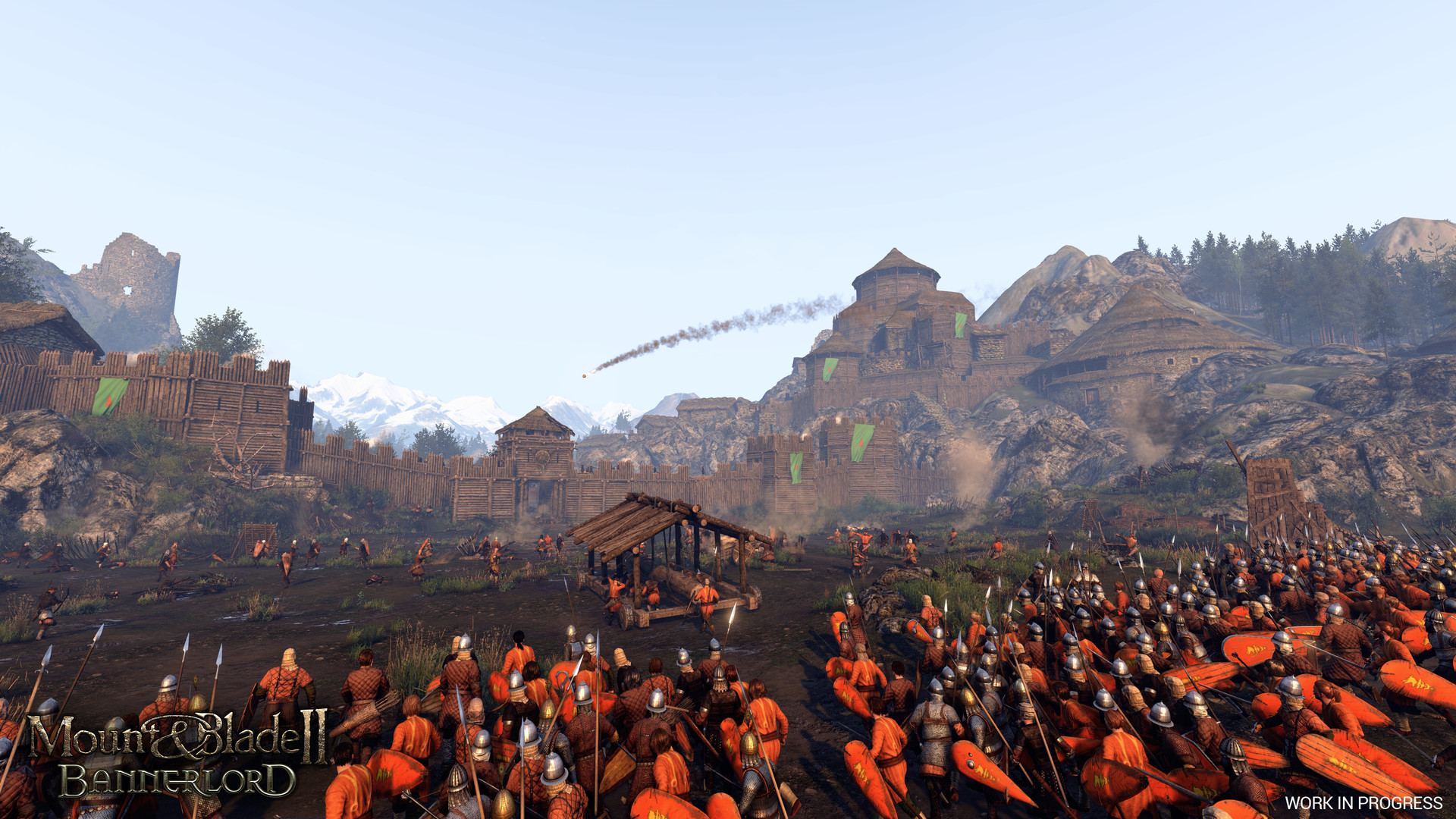Mount & Blade 2’s graphical improvements detailed
Mount & Blade II: Bannerlord is an upcoming medieval action role-playing game by TaleWorlds Entertainment and it is a prequel to the beloved Mount & Blade: Warband.
Mount & Blade II: Bannerlord is set 200 years before Mount & Blade: Warband and takes place during the decline of the Calradian Empire and the formation of the Kingdoms that appear in the previous games. The armor, weapons and architecture will draw inspiration from 600 to 1100 A.D. Bannerlord promises at least six major factions and all of them have their own goals to fight for. Along with that, there will be minor factions like mercenaries.
Previously, TaleWords shared some detailed information about the upcoming game, focusing on graphical improvements and performance updates. Mount & Blade II: Bannerlord uses newly introduced engine version 1.4 and according to the post, it will feature Global Illumination, Compute Shader Skinning and Particle Shading Atlas.
Global Illumination can correctly illuminate both static and dynamic objects. It is independent from the atmosphere, which is a must for a game like Bannerlord where you will enter a scene at different times of the day. The system saves the illumination data to probes inside a regular grid.
When it comes to Compute Shader Skinning; skinning calculations of skeletal meshes have been moved from the vertex shader stage to a separate compute shader stage. Despite both stages running on the GPU, executing a separate stage for skinning and storing results in temporary memory enables to do skinning calculations only once per frame and use special optimisation mechanisms that are exclusive to compute shaders. This results in the rendering time of skinning meshes being reduced by 60% which enables to achieve 60FPS in huge battle scenes on a wide range of GPUs.
And thanks to Particle Shading Atlas, particles are now shaded in a separate compute shader stage. Each visible particle is assigned a rectangular region (2×2, 4×4, 8×8, 16×16 or 32×32) in a big global texture atlas according to its screen space size. Separating shading and drawing stages enables to reduce the fill rate costs of particles since the amount of shaded pixels are extremely reduced. This reduces the high GPU cost of the desert-like scenes. This technique also eliminates the sharp shadows on the particle quads, further increasing the visual quality of the already beautiful particles of Bannerlord.
For more detailed information, you can visit here. Stay tuned!



